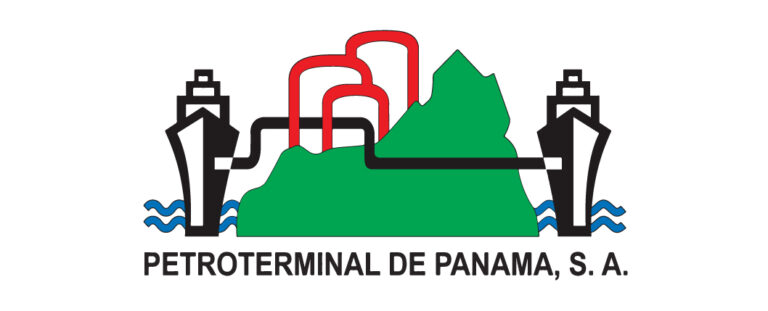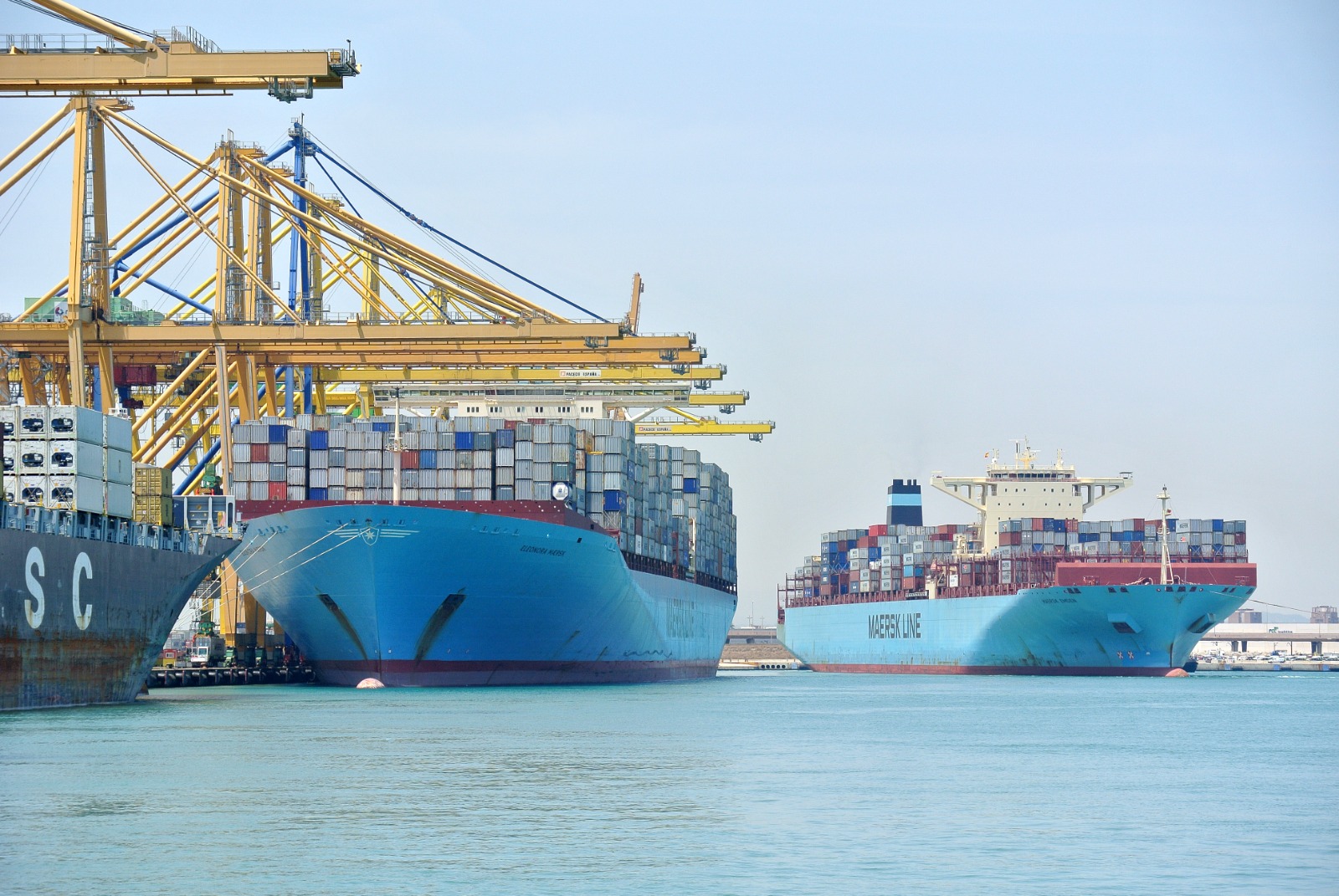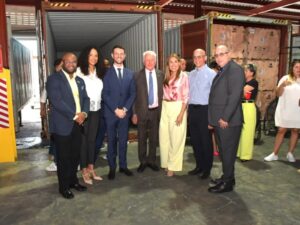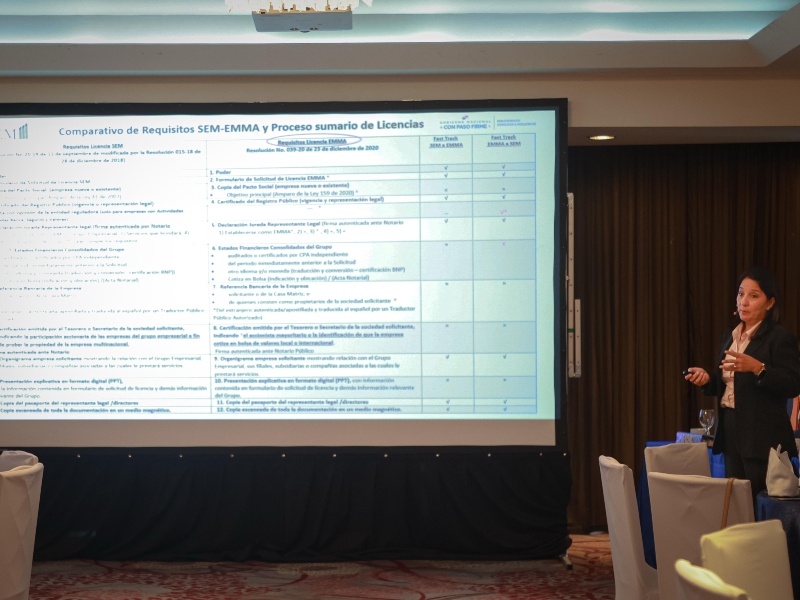Source: Valenciaport
Traditionally, furniture manufacturing has been one of the most dynamic industries in the Valencian Community: the National Statistics Institute (INE) places it as the second autonomous community, behind Andalusia, with the highest number of companies dedicated to this activity, 1,619 companies. It is also the second, behind Catalonia, with the most sales of this product: between January and March 2022, the export of furniture from the Valencian Community has translated into 159,499,800 euros, which represents 24.9% of the national total (649 million euros) according to the latest report of the National Association of Furniture Manufacturers and Exporters of Spain.
To meet this dynamism – and that of the other Spanish furniture enclaves – the shipping companies working in Valenciaport have connected the furniture industry with 120 countries around the world, a connection that has made it possible to concentrate in Valencia a large part of the movement of export containers with competitive costs given the proximity of the factories to the Valencian docks. In fact, one of the main production areas is the “furniture triangle” (Benetúser-Alfafar-Sedaví), which considers the port area as an extension of its facilities: it is a dozen kilometres away. In total, according to data from the statistical bulletin, the Port Authority of Valencia (APV) has handled 9,253 containers (144,865,000 tonnes) of furniture in the last twelve months.
Countries from the five continents lead in international imports
By countries, the one that has received the most containers with furniture from Valencia between August 2021 and July 2022, has been Spain. Various Spanish ports have received 4,578 TEUs from Valenciaport. However, the main importers of Valencian furniture are located in regions and economic areas as diverse as the United States (1,138 TEUs), Saudi Arabia (487 TEUs), Mexico (267 TEUs), Israel (205 TEUs), Arab Emirates (182 TEUs) and the Republic of South Africa (133 TEUs). Australia also takes one of the top positions with 59 TEUs.
In Europe – despite the fact that the bulk of exports are carried out by train or road – Valenciaport registers furniture shipments with 16 European ports, and totals 4,926 export containers that have reached ports such as Malta (119 TEUs) and the United Kingdom (79 TEUs); although Valencian furniture also travels to Croatia (28 TEUs), Portugal (26 TEUs), Cyprus (23 TEUs), France and Greece and, to a lesser extent, Romania, Albania and even Finland.
The Caribbean, South Asia and the Gulf of Guinea, the most dynamic regions
In America, Valencian furniture is unloaded from Anchorage (Alaska) to Patagonia. A total of 32 American countries have received 2,310 containers in the last 12 months. Of these, Canada (74 TEUs) stands out in North America. In the Caribbean, the Dominican Republic occupies eighth position in the world ranking with 123 TEUs, but Jamaica (66 TEUs) and Puerto Rico (63 TEUs) are also among the top positions.
In addition to Israel and the United Arab Emirates, Valenciaport handles furniture for 29 countries in Asia, where it sends 1,359 containers, focusing on South Asia. Specifically, Valencian and Spanish furniture is exported to countries such as Kuwait (117 TEUs), Qatar (71 TEUs), Oman (56 TEUs) and Lebanon (35 TEUs). But Japan (28 TEUs), India (27 TEUs) and Singapore (25 TEUs) also import containers with furniture.
With regard to the African continent, 33 countries have added 853 containers from Valenciaport’s docks. The countries connected with the Gulf of Guinea occupy prominent positions, such as Equatorial Guinea, which is in 12th place in the world ranking with 97 containers moved, Nigeria (74 TEUs), Senegal (66 TEUs) or Ivory Coast (38 TEUs). It also absorbs maritime traffic from North African countries such as Algeria (68 TEUs), Morocco (61 TEUs) and Egypt (48 TEUs).
Some countries as far away as Bangladesh, the Maldives or New Caledonia add up to a container or two a year loaded with furniture. While in Tunisia, Cambodia or Sierra Leone they receive thousands of furniture in what is called groupage cargo, furniture that shares a container with other goods.
DISPIECE: The secret of the “Valenciaport magic”
The magic of Valenciaport that makes it possible for a bedspread from Albaida, a pair of shoes from Elx or a sofa from Benetússer to be on display in a shop in Baltimore (Maryland, USA) in a matter of days has an explanation: work, people and companies. The experienced and experienced combination of these key factors of logistics allows the almost 40,000 people who work in the “Valenciaport world” to place the terminals of the ports of Valencia, Sagunto and Gandia among the best connected in the world.
The latest Port Liner Shipping Connectivity Index (LSCI) report produced by the United Nations Conference on Trade and Development (UNCTAD) has placed Valenciaport as the leader in connectivity in the Mediterranean and number 20 worldwide, in the second quarter of the year. This is what allows exporting companies, whether Valencian or Spanish in general, to rely on Valenciaport’s connections and scope for their products to arrive (or come) from the almost 1,000 ports in the world with which the Valencia port works. Ports belonging to 168 countries (87% of the countries in the world, almost all of which have a sea).
In 2019, Valenciaport’s PCS, the technological platform that enables the electronic processing of administrative and commercial procedures that make it possible for the port to operate without paperwork, handled 70 million messages/documents related to loading and unloading operations. These procedures were carried out by a wide range of companies in the Port Community made up of 406 inland carriers, 352 freight forwarders, 92 shipping agents, 38 shippers, 38 companies dedicated to container depots, 25 terminal operators and 10 rail operators.
Companies that make up the Valenciaport port community. 2019
| 406 inland carriers |
| 352 freight forwarders |
| 92 shipping agents |
| 38 shippers |
| 38 companies dedicated to container depots |
| 25 terminal operators |
| 10 rail operators |
![]()

































